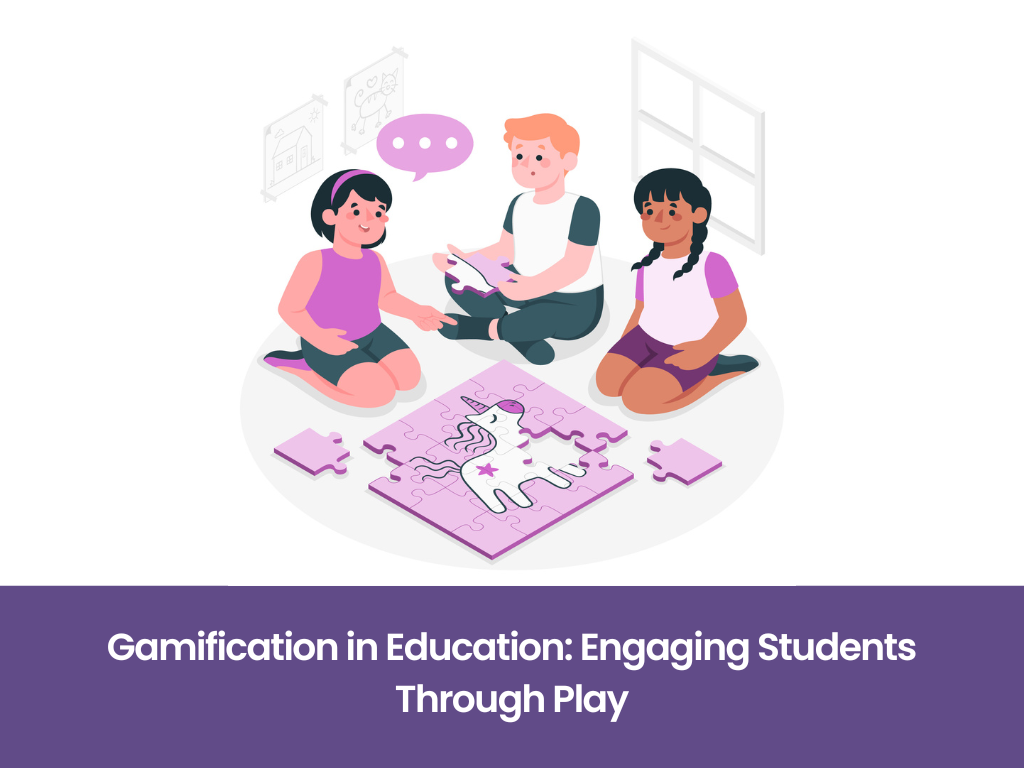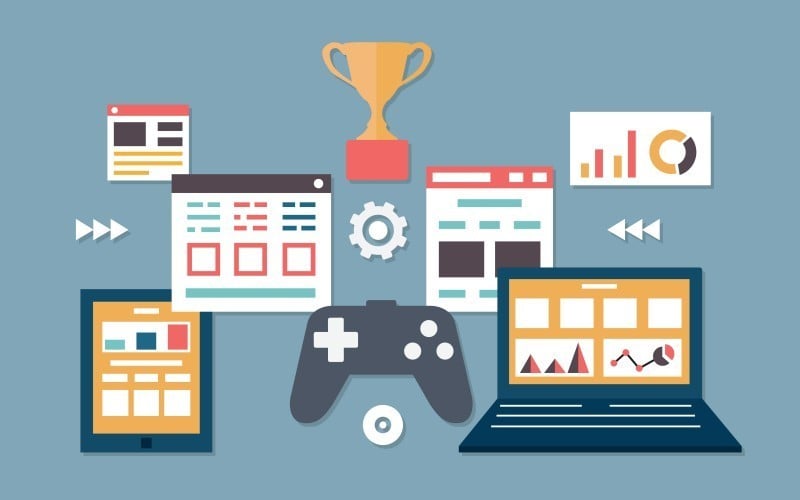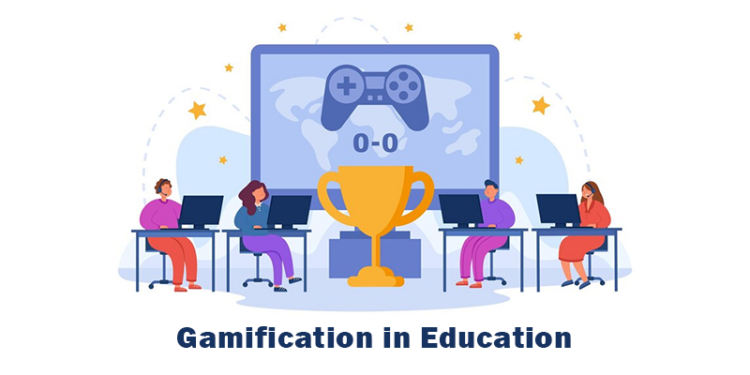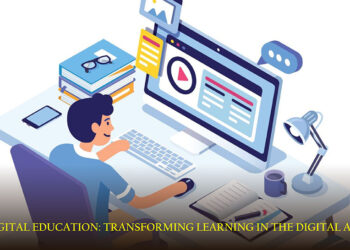In today’s rapidly evolving educational landscape, traditional teaching methods are being reimagined to better engage students and foster innovation. One of the most transformative approaches is gamification. the integration of game design elements into educational settings. By leveraging the innate human love for play, gamification transforms learning into an interactive, motivating, and enjoyable experience.
A. Understanding Gamification in Education
Gamification in education involves incorporating game mechanics such as points, badges, leaderboards, and challenges into the learning process. This strategy aims to increase student engagement, motivation, and participation by making learning more interactive and rewarding.
B. Core Elements of Gamified Learning
Effective gamification relies on several key components:
Points: Rewarding students for completing tasks or demonstrating knowledge.
Badges: Visual representations of achievements, fostering a sense of accomplishment.
Leaderboards: Encouraging healthy competition by displaying top performers.
Challenges: Presenting tasks that require critical thinking and problem-solving.
Immediate Feedback: Providing real-time responses to student actions, aiding learning.
These elements work synergistically to create a dynamic and engaging learning environment.
C. Benefits of Gamification in the Classroom
Implementing gamification in educational settings offers numerous advantages:
Enhanced Engagement: Interactive elements capture students’ attention and sustain interest.
Increased Motivation: Rewards and recognition encourage students to strive for excellence.
Improved Retention: Active participation and repetition aid in information retention.
Development of Soft Skills: Collaboration, communication, and critical thinking are fostered through game-based activities.
Personalized Learning: Adaptive challenges cater to individual learning paces and styles.
D. Real-World Applications of Gamified Education
Several educational institutions and platforms have successfully integrated gamification:
Kahoot!: A game-based learning platform that uses quizzes and interactive sessions to make learning fun and competitive.
Duolingo: A language-learning app that employs points, streaks, and levels to motivate users.
Solve Education!: A non-profit organization offering gamified learning through mobile apps to improve literacy and employability skills among youth.
These examples demonstrate the versatility and effectiveness of gamification across various educational contexts.

E. Gamification and Innovation Education
Gamification is particularly effective in teaching innovation by:
Encouraging Experimentation: Safe environments allow students to try new ideas without fear of failure.
Fostering Creativity: Open-ended challenges stimulate creative thinking.
Promoting Collaboration: Multiplayer games and team-based tasks enhance cooperative skills.
Developing Problem-Solving Abilities: Complex scenarios require strategic thinking and adaptability.
By simulating real-world challenges, gamified learning prepares students for innovative thinking and problem-solving in their future careers.
F. Challenges and Considerations
While gamification offers numerous benefits, educators must be mindful of potential challenges:
Overemphasis on Rewards: Excessive focus on extrinsic rewards may undermine intrinsic motivation.
Accessibility Issues: Not all students may have equal access to the required technology.
Design Complexity: Creating effective gamified experiences requires careful planning and understanding of game mechanics.
Assessment Alignment: Ensuring that gamified activities align with learning objectives and assessment criteria.
Addressing these challenges is crucial for the successful implementation of gamification in education.
G. Future Prospects of Gamified Learning
The future of gamification in education is promising, with emerging trends including:
Integration with Artificial Intelligence: Personalized learning experiences tailored to individual student needs.
Virtual and Augmented Reality: Immersive environments that enhance engagement and understanding.
Data Analytics: Tracking student progress and adapting content accordingly.
Cross-Disciplinary Applications: Expanding gamification beyond traditional subjects to areas like ethics, sustainability, and entrepreneurship.
As technology continues to evolve, gamification will play an increasingly significant role in shaping innovative and effective educational experiences.

Gamification represents a paradigm shift in education, transforming passive learning into an active, engaging, and innovative process. By harnessing the motivational aspects of games, educators can foster a love for learning, encourage creativity, and prepare students for the challenges of the modern world. As we continue to explore and refine gamified approaches, the potential to revolutionize education and unlock student potential is boundless.












